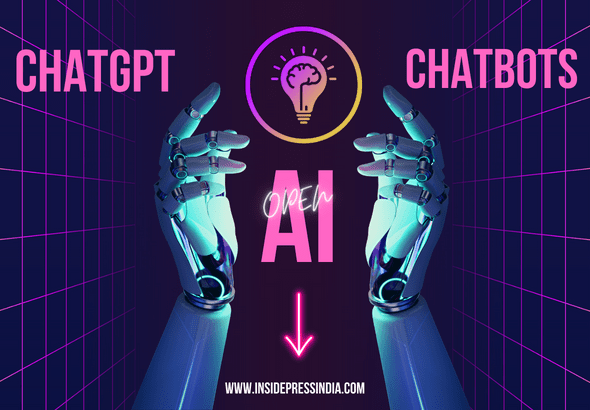
What is ChatGPT?
ChatGPT is a highly advanced language model which was developed by OpenAI, a leading artificial intelligence research organization. This technology represents a major step forward in natural language processing (NLP), which is concerned with enabling computers to understand, interpret, and respond to human language-like human interaction.
ChatGPT is part of the Generative Pretrained Transformer (GPT); family of models, which have been specifically designed to generate human-like text. The technology is based on a deep neural network architecture known as a Transformer, which has been trained on an enormous corpus of text data from the internet.
The result of this is a model that can generate highly coherent and human-like text based on a given prompt or context.
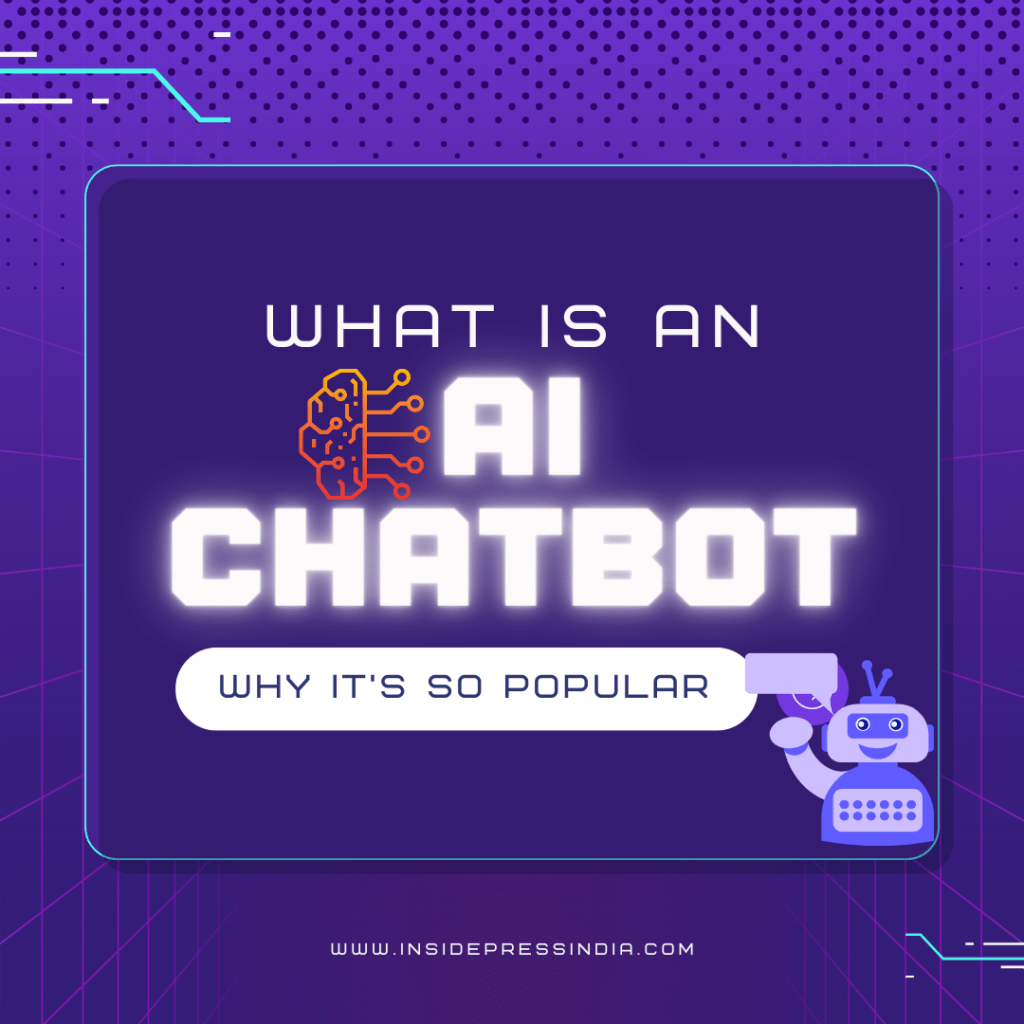
How it all started
The history of ChatGPT can be traced back to the early 2010s when NLP research was focused on developing rule-based systems and statistical models.
However, these approaches had significant limitations, including a lack of scalability, poor generalization, and difficulty handling complex language. In response to these challenges, researchers began exploring deep learning approaches to NLP, which led to the developing of the first GPT models in 2018.
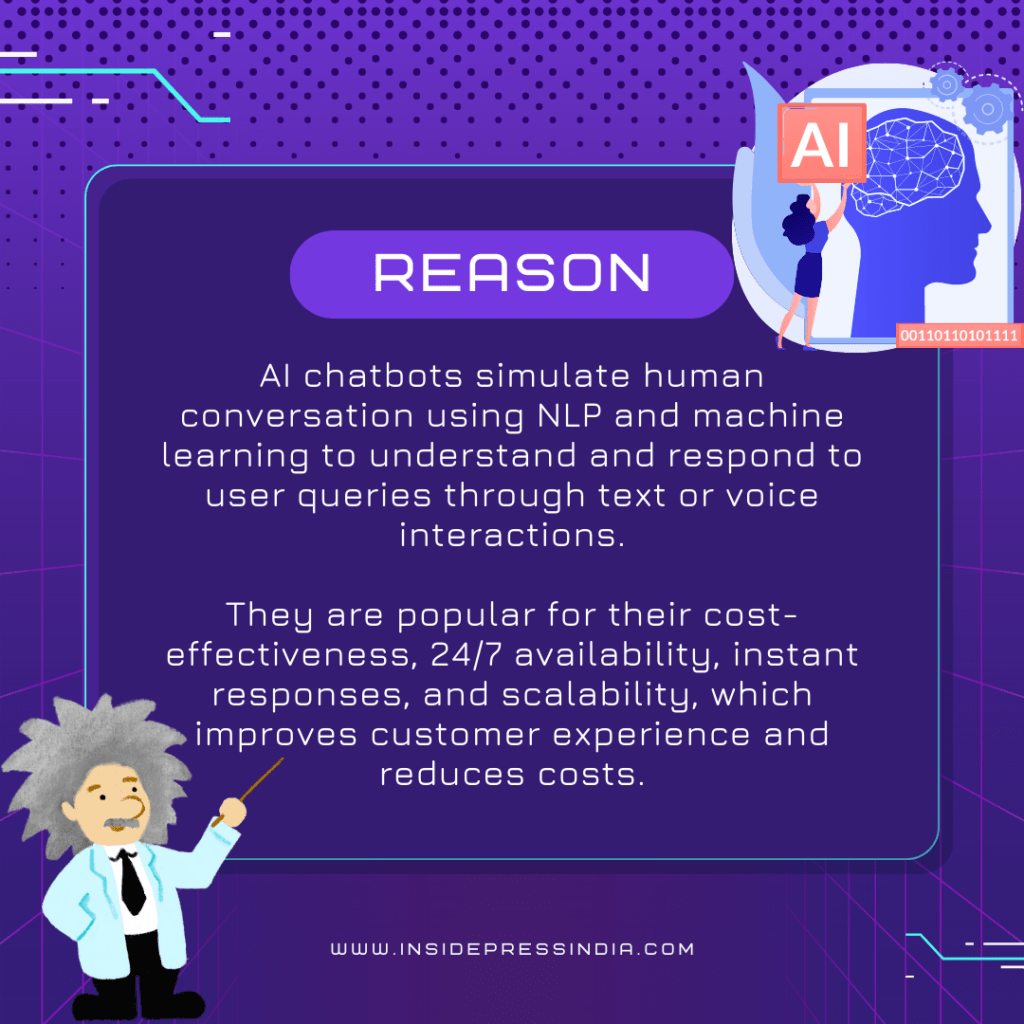
The first GPT model, GPT-1, was released by OpenAI in June 2018 and had a remarkable impact on the field of NLP. This model was trained on a massive corpus of text data and could generate highly coherent and human-like text. The success of GPT-1 paved the way for the development of more advanced models, including GPT-2 and GPT-3.
GPT-2 was released by OpenAI in February 2019 and was even larger and more advanced than its predecessor. It was trained on a huge of text data and could generate highly coherent and human-like text. However, the release of GPT-2 was controversial. Some experts raised concerns about the potential for the technology to be used for malicious purposes, such as generating fake news and propaganda.
Despite these concerns, GPT-2 significantly impacted the field of NLP and paved the way for developing even more advanced models. The most recent and highly advanced model in the GPT series, GPT-3, was released by OpenAI in June 2020. This model is even larger and more advanced than its predecessors and can perform a wide range of NLP tasks, including question-answering, language translation, and summarization.
In addition to its impressive capabilities, ChatGPT has also been designed to be highly user-friendly, making it accessible to many users, including individuals, organizations, and businesses.
With its advanced capabilities and user-friendly interface, ChatGPT has got the potential to revolutionize the way we interact with computers and has numerous applications in a wide range of fields, including customer service, content creation, and marketing, among others.
Owing to its nature of being an AI chat bot , Chat GPT has got both positive as well as negative sides and both the aspects of this AI technology can be discussed as follows:
Advantages of ChatGPT
Natural Language Processing (NLP) Capabilities: ChatGPT is a highly advanced language model trained on a huge amount of text data, making it capable of understanding and processing natural language inputs. It can engage in human-like conversations and respond to various questions and commands.
Speed and Efficiency: ChatGPT can process and generate responses in milliseconds, making it much faster than humans. This makes it very ideal for tasks such as customer service, where quick responses are critical.
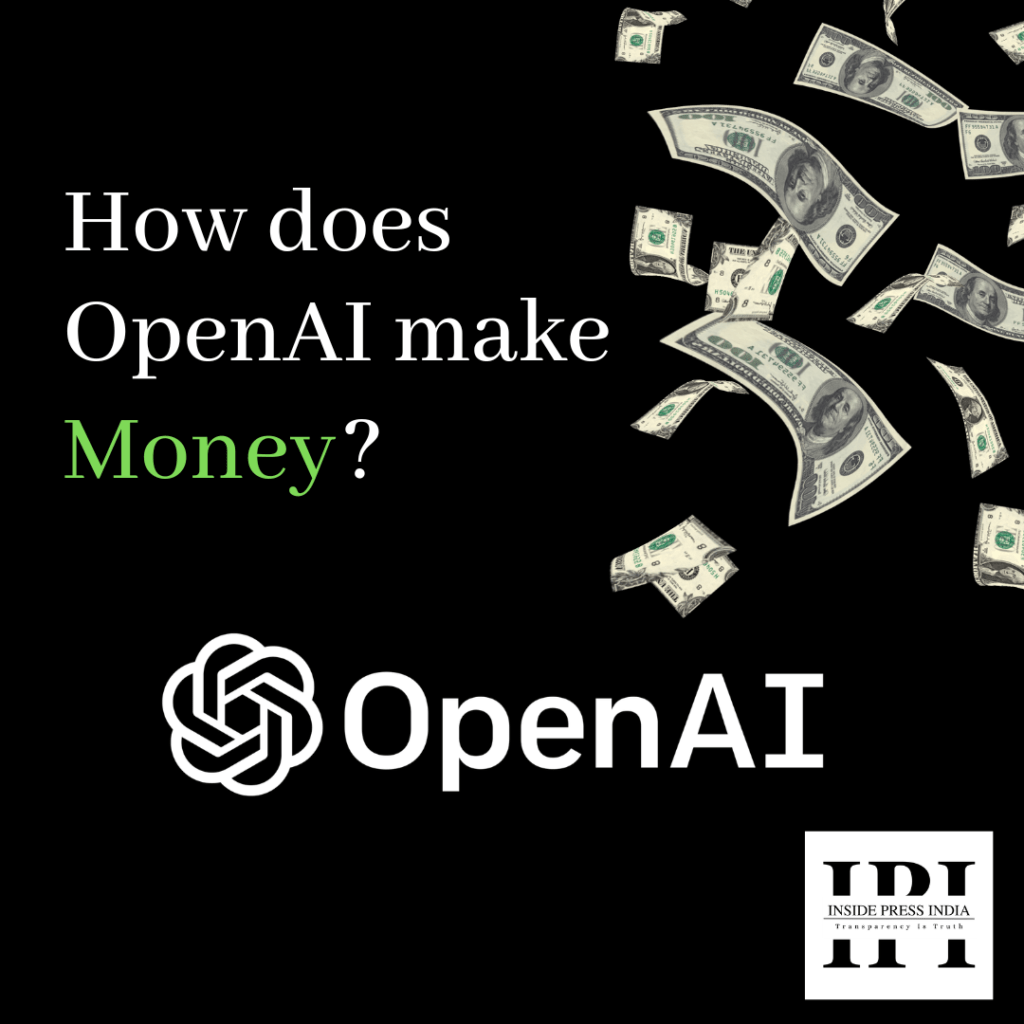
Cost-Effective: ChatGPT can handle a large volume of queries simultaneously, reducing the need for human operators. This can result in significant cost savings for businesses, especially those with high customer support demands.
24/7 Availability: ChatGPT can operate round the clock, seven days a week, without requiring rest or breaks. This makes it possible to support customers anytime, even outside normal business hours.
Customization: ChatGPT can be tailored to meet an organization’s specific needs. This includes the ability to provide information and support for specific products and services, as well as the ability to respond in a manner that aligns with the brand’s tone and style.
A good partner in loneliness: ChatGPT can behave as an ideal chatbot when it comes to having conversations by giving apt answers in quite friendly ways to whatever is asked to, thereby behaving as an ideal friend. Its non judgmental way of giving answers also makes it a very user friendly chatbot.
Disadvantages of ChatGPT
Lack of Empathy: ChatGPT being an AI tool, is incapable of feeling emotions, and its responses are based purely on the data it has been trained on. This means that it may only sometimes respond in a way that is appropriate or empathetic to the customer’s needs.
Limited Understanding: While ChatGPT has been trained on a vast amount of data, it may still need to improve its understanding of complex concepts and ideas. This can result in incorrect and inappropriate responses, especially when dealing with more sophisticated queries.
Lack of Creativity: ChatGPT is limited by the data it has been trained on and needs to generate initial responses. This can result in a lack of diversity in its answers, which can be perceived as monotonous and repetitive.
Potential for Misinformation: As ChatGPT is only as accurate as the data it has been trained on, there is a risk that it may provide misinformation or false information. This can be especially problematic regarding sensitive topics, such as health and financial advice.
Dependence on Training Data: ChatGPT’s performance heavily depends on the quality and diversity of the training data it has been trained on. If the training data is biased or inaccurate, this can result in ChatGPT producing biased or inaccurate responses.
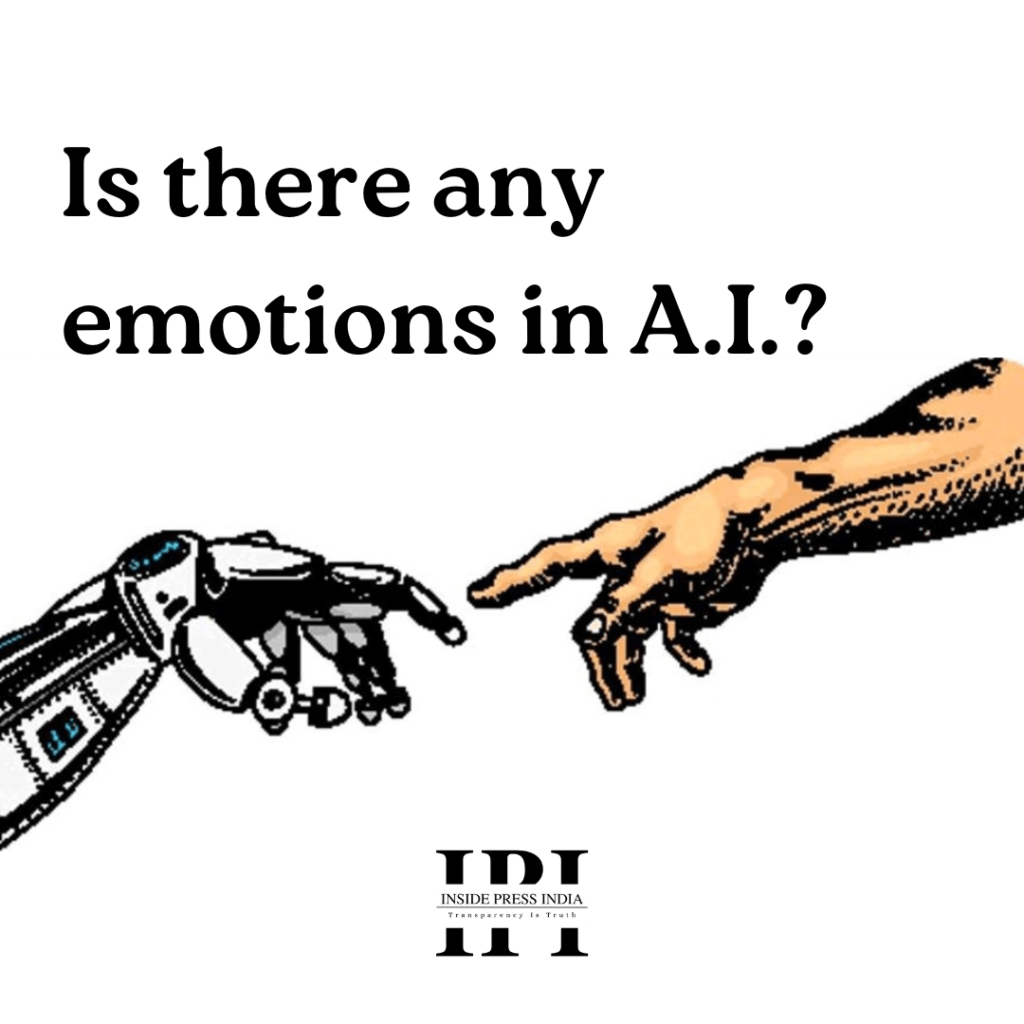
ChatGPT as already mentioned has the potential to revolutionize the way that businesses interact with their customers. Still, it is important to consider its advantages and disadvantages carefully before implementing it as a customer support tool.
While it has many benefits, including speed, efficiency, and cost-effectiveness, it also has limitations in understanding, empathy, and creativity.
As with any technology, it is important to use ChatGPT responsibly and in a manner that aligns with the ethical and moral principles of the organization.
The debate around Chat GPT and why it is in trend?
ChatGPT, a large language model developed by OpenAI, has been a topic of much debate recently and discussion in the AI community. This model is a type of AI system capable of generating human-like text based on the input it receives, making it a powerful tool for various applications. However, the rise of ChatGPT has also raised concerns about its potential impact on society and the ethics surrounding the use of AI.
One of the reasons why ChatGPT is so controversial is its ability to generate fake news and misinformation. The model is capable of producing coherent and plausible text, which can be used to spread false information and manipulate public opinion. This is particularly concerning in a world where people increasingly rely on online sources for information and where fake news can have real-world consequences.
Another reason why ChatGPT is trending is because of its potential to replace human jobs in various industries, such as journalism and customer service. The model can be trained to perform tasks previously done by humans and can do so at a much faster pace and with fewer errors.
This has raised concerns about AI’s impact on employment and whether people can find new jobs as AI continues to advance After witnessing the popularity Chat GPT has attained and, as such, considering it a threat, Google, one of the largest tech companies in the world, and other tech giants have also announced plans to launch a chatbot, further fueling the debate around the use of AI.
The company’s chatbot, which is expected to be launched soon, will be powered by the latest advances in AI, including machine learning and natural language processing. This has raised questions about the level of trust that people will have in AI-powered systems and whether they will be willing to rely on AI for important tasks, such as answering customer queries or making medical diagnoses.
Elon Musk, the CEO of Tesla and SpaceX, has also weighed in on the debate around AI. He has called it “Scary Good”.Musk has since past been a vocal critic of AI and warned about unchecked AI development’s potential dangers. He has called for regulation of AI to ensure that it is used responsibly and safely and stated that AI could be the greatest threat to humanity if it is not regulated properly.
Google, Microsoft and others launching the rival Chatbots
Although the two platforms are very different, Chat GPT was perceived as a threat to Google soon after it became a sensation. In response, Google made it official and announced its AI chatbot Bard, which is currently in private beta mode and will be made available to the general public in the coming weeks.
This will be a direct rival to Microsoft-backed, OpenAI-developed ChatGPT, which has quickly gathered a sizable user base. Since the two companies began competing for supremacy in the AI industry, the shares of Alphabet and Microsoft have both increased. The AI wars have begun, as far as we’re concerned.
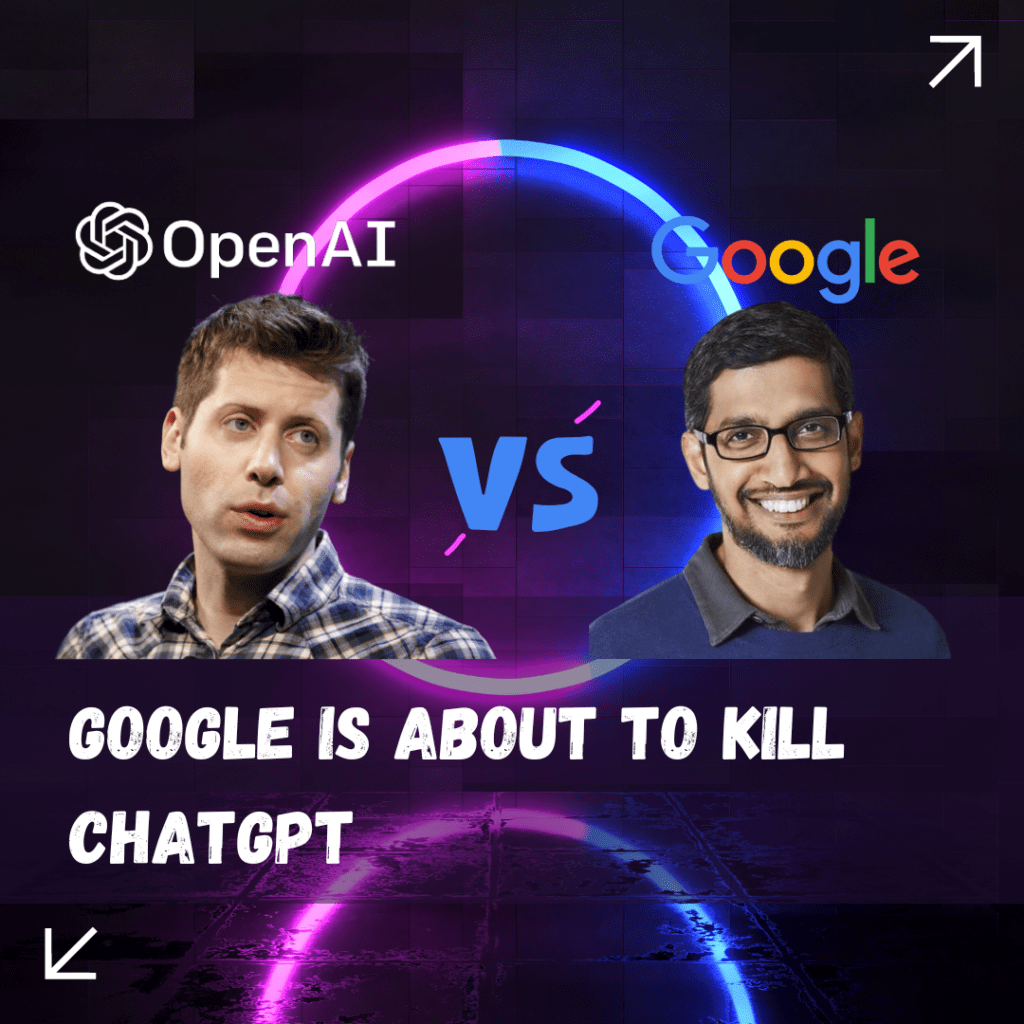
Microsoft’s $10 billion investment in ChatGPT’s parent company OpenAI was announced just after Google announced its own experimental AI, joining the fray. Using LaMDA technology from the venerable search engine at its core, Bard has just begun testing with “trusted external testers” and is scheduled to go live in the coming weeks.
The decision was made as the struggle for control of the newest technical frontier heated up. With no signs of slowing down, the two tech behemoths are already racing to surpass one another on the AI mountain.
Conclusion
The debate around ChatGPT and AI more broadly highlights the need for more careful consideration of the potential impact of these technologies on society.
While AI can revolutionize various industries and improve our lives in many ways, it is also important to consider the potential downsides of this and ensure that it is developed and used responsibly.
As AI advances, it will be important for policymakers, technologists, and the public to work together to ensure that AI’s benefits are maximized, and its negative impacts are minimized.

click here to know more about – ChatGPT
(Written By – Ms. Aaniqa Qayoom)
Subscribe INSIDE PRESS INDIA for more
Subscribe To Our Newsletter










[…] Processing… Success! You're on the list. Whoops! There was an error and we couldn't process your subscription. Please reload the page and try again. CLICK TO KNOW MOREhttps://insidepressindia.com/what-is-chatgpt-explained/ […]